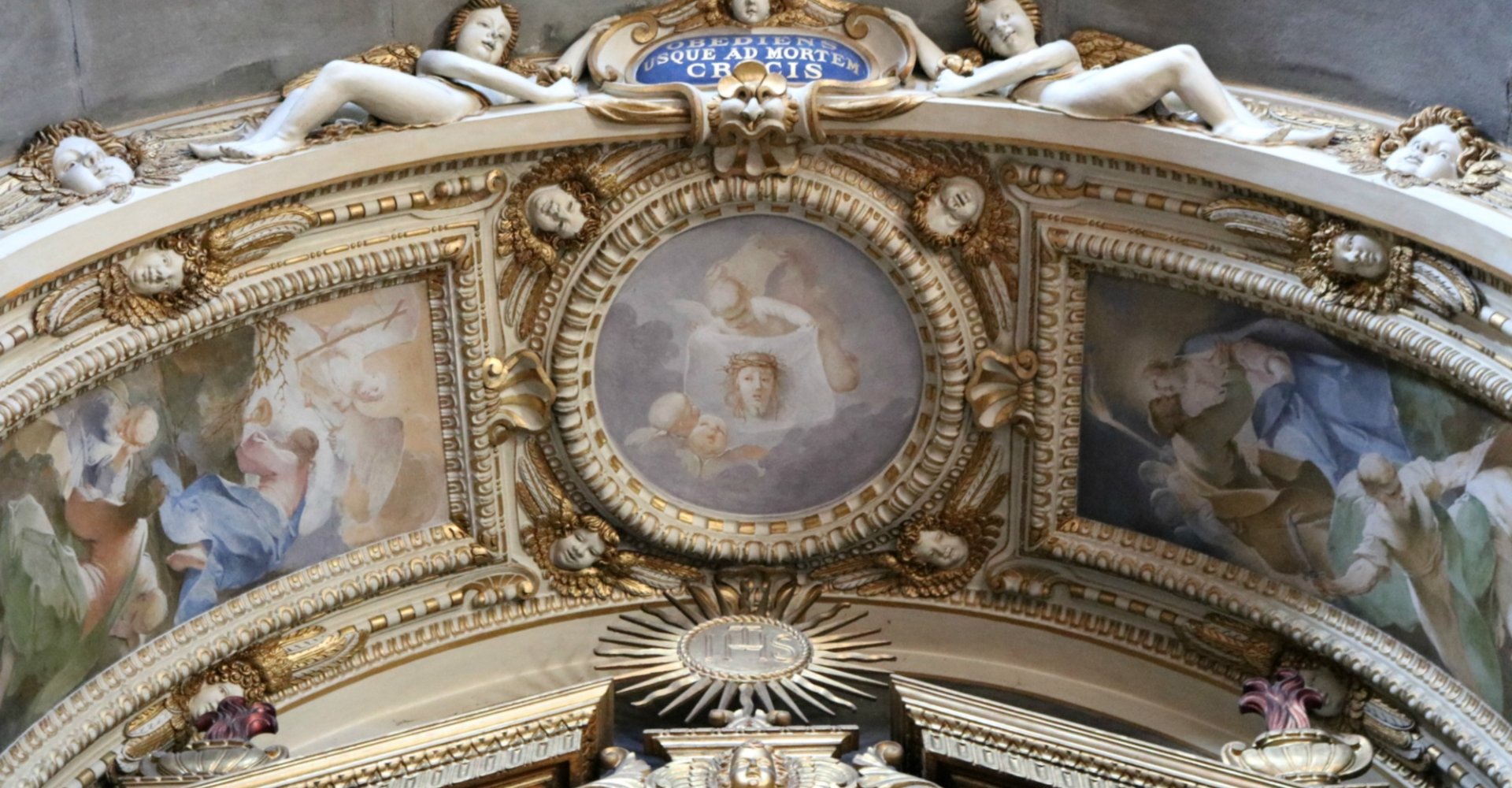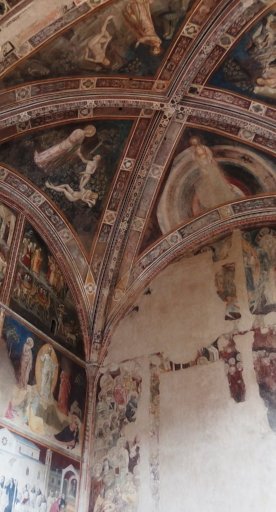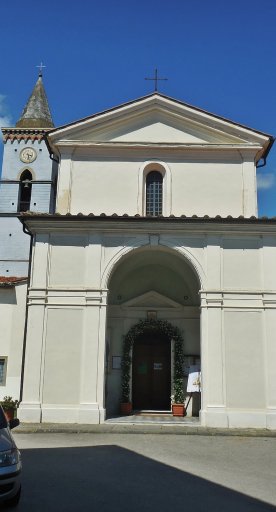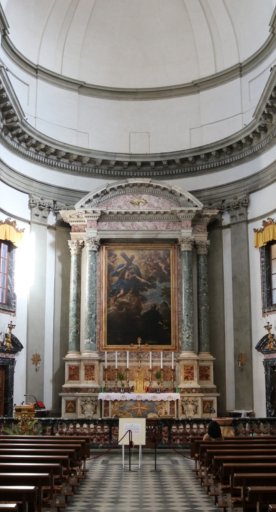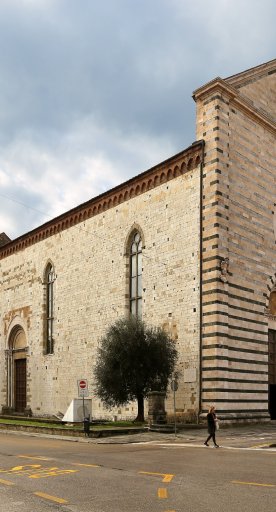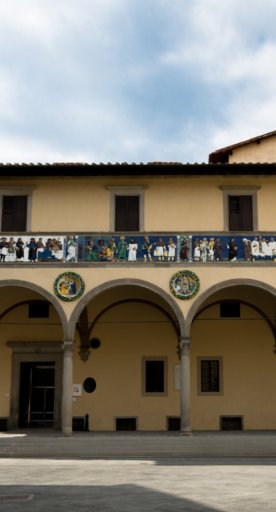Basilica of Madonna dell'Umiltà
Founded in the late 1500s, the basilica has a dome by Vasari inspired by Florence Cathedral
The Basilica of the Madonna dell’Umiltà is situated in Pistoia and is a remarkable example of Renaissance architecture.
The church’s origins are associated with a miracle involving an icon of the Madonna, once housed in the medieval church of Santa Maria Forisportam. The occurrence took place in 1490 during a time of upheaval among the city’s factions. Legend has it that the painting started crying silver tears, evidence of the pain that the Virgin Mary felt about the bloodshed. The local population began year-round pilgrimages to the place of worship and, upon realizing that the devotion had increased exponentially, the decision was made to allocate a space befitting the new miracles that Pistoia was experiencing.
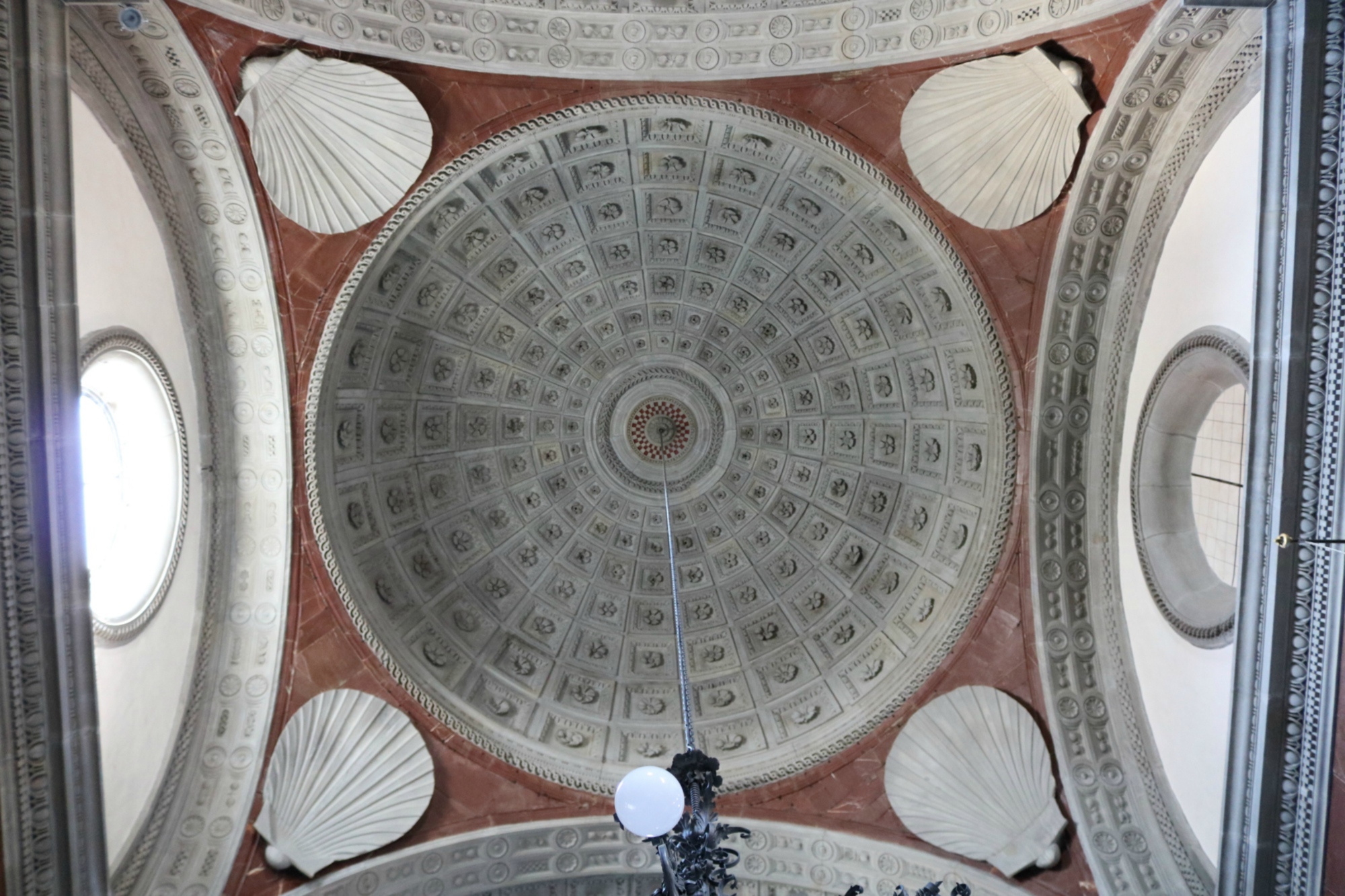
The first stone was laid in 1495 under the direction of the architect Giuliano da Sangallo, before continuing in the mid-1500s, under the leadership of Giorgio Vasari, according to the wishes of Cosimo I. Vasari was responsible for the dome, an architectural element visible all over Pistoia that is a clear reference to Brunelleschi’s dome in Florence.
The opulence of the interior was developed thanks to wealthy churchgoers who ensured that the church acquired magnificence over time. The side chapels were decorated according to the wishes of important local families, such as Rospigliosi. The main altar stands out, crafted by Pietro Tacca, a student of Giambologna.
